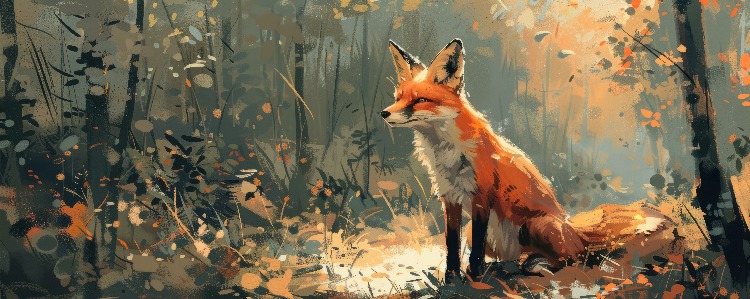
Das kalte Herz
A man would like to live without the painful feelings in his heart; his lover wants to unite with his heart, while transcendental powers would also like to win it over.

A man would like to live without the painful feelings in his heart; his lover wants to unite with his heart, while transcendental powers would also like to win it over.

A man would like to live without the painful feelings in his heart; his lover wants to unite with his heart, while transcendental powers would also like to win it over.

A man would like to live without the painful feelings in his heart; his lover wants to unite with his heart, while transcendental powers would also like to win it over.

A man would like to live without the painful feelings in his heart; his lover wants to unite with his heart, while transcendental powers would also like to win it over.

A man would like to live without the painful feelings in his heart; his lover wants to unite with his heart, while transcendental powers would also like to win it over.

The seemingly so civilized human world looks wistfully at wild nature, which follows its own laws of life and love.

The seemingly so civilized human world looks wistfully at wild nature, which follows its own laws of life and love.

The seemingly so civilized human world looks wistfully at wild nature, which follows its own laws of life and love.

The seemingly so civilized human world looks wistfully at wild nature, which follows its own laws of life and love.

The seemingly so civilized human world looks wistfully at wild nature, which follows its own laws of life and love.